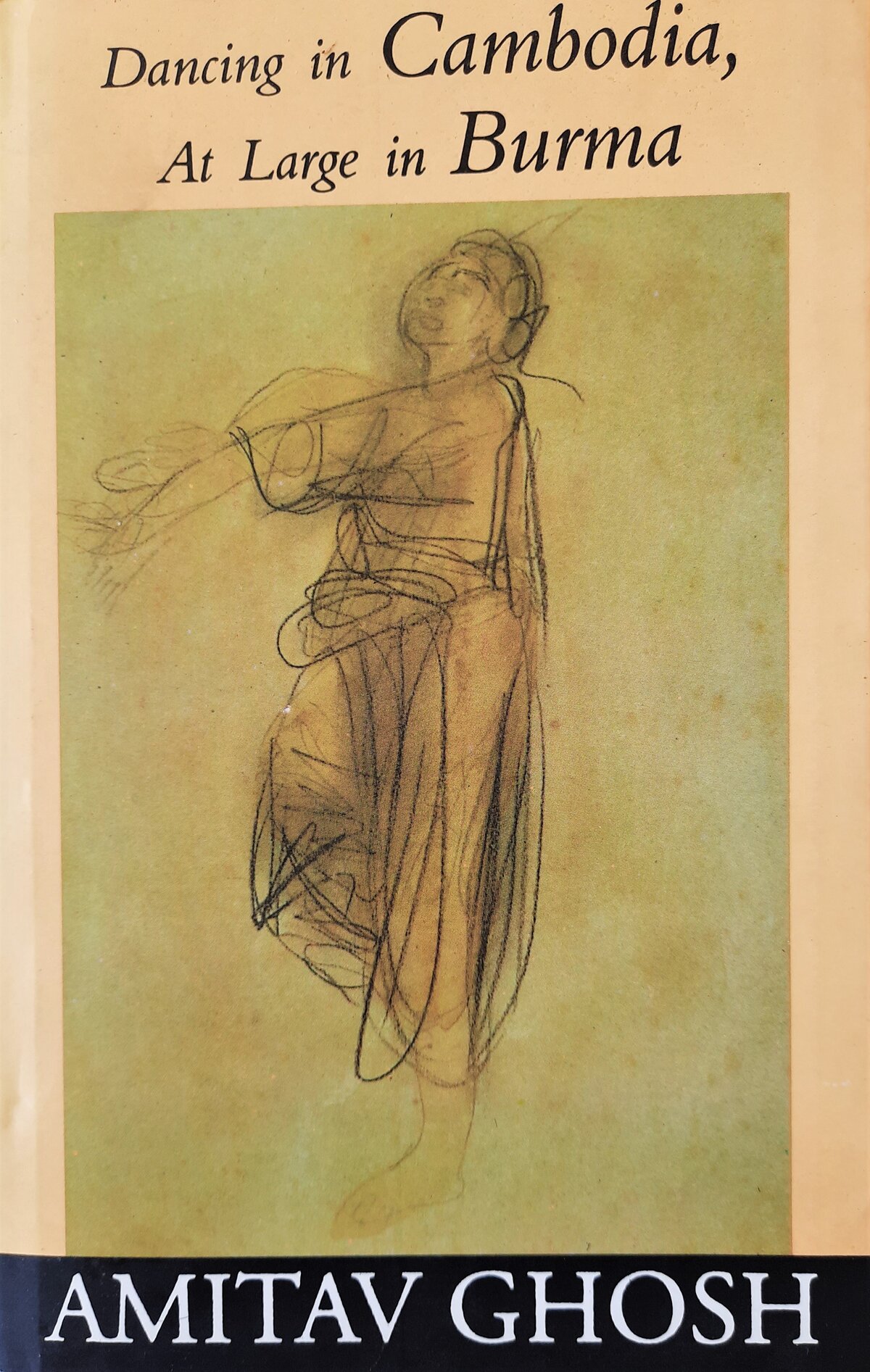Dancing in Cambodia, At Large in Burma
by Amitav Gosh
A dazzling, poignant journey through Cambodia's modern history and the 'Stories in Stones' told by Angkor.

Type: hardback
Publisher: Ravi Dayal Publisher, Delhi
Published: 1998
Author: Amitav Gosh
Pages: 114
ISBN: 8175300175
Language : English
Fascinated with the Royal Ballet of Cambodia’s visit to France in 1906 and its impact on French artist Auguste Rodin, the author weaves his way back through one century of colonialist abuse, civil war and challenging rebirth of a nation with dance as common denominator.
In a separate essay, Stories in Stones, Amitav Gosh tells of the significance of Angkor in modern Cambodia, not as some kind of passeist nostalgy but as a cohesive force.
- “Angkor Wat is uniquely powerful symbol of the romance of lost civilizations, of ancient glory devoured by time. But for Cambodia it serves as a no less vivid symbol of modernity”.
- Recalling how his group of survivors decided to walk to Angkor after escaping their Khmer Rouge persecutors, a guide whom the author met in Angkor in the 1990s, describes their first visit of the old Khmer temples in January 1979, led by “a young woman archeologist who recounted these old, old stories for us”.
- The author interviewed witnesses of the very first performance of Cambodian classical dance in Phnom Penh in 1988, after many dancers and ballet mistresses had perished or been forced to exile by the Khmer Rouge: “When the first musicians came onstage, she heard sobs all around her. Then, when the dancers appeared, in their shabby, hastily-made costumes, suddenly, everyone was crying: old people, young people, soldiers, children…” And the author to add: “People wept through the entire length of the performance. It was a kind of rebirth: a moment when the grief of survival became indistinguishable from the joy of living.”
Tags: dance, Royal Ballet of Cambodia, archaeology, women
About the Author

Amitav Gosh
Amitav Gosh (1956, Calcutta) is a worldwide respected Indian author in fiction and non-fiction, focusing on cultural and societal explorations.
A former reporter with the New Delhi Indian Express newspaper, Gosh encountered recognition with his debut novel, The Circle of Reason (1986). His short essay Dancing in Cambodia, At Large in Burma (1998) has been acclaimed as one of the finest approaches on Southeast Asia.
Amitav Gosh arrived in Cambodia in January 1979, just after the Khmer Rouge had been ousted from power but were still active in some parts of the country. In 1993, he mentioned in his Diary his interview with Pich Keo, archaelogist and curator, in which he recalled his 15 Jan. 1979 visit to Angkor Wat: “Before, Angkor Wat, and every [other] temple in Angkor was clean. But when I came to Angkor for the first time, everywhere there was forest – Angkor was invaded by the jungle. Just after Liberation. The moat which was around the temple had no water and the Khmer Rouge had placed mines everywhere.”
After publishing novels of note such as The Glass Palace, the writer has been lately turning his attention to the impact of climate crisis on human behavior, with Gun Island (2019) and The Great Derangement (2016).
